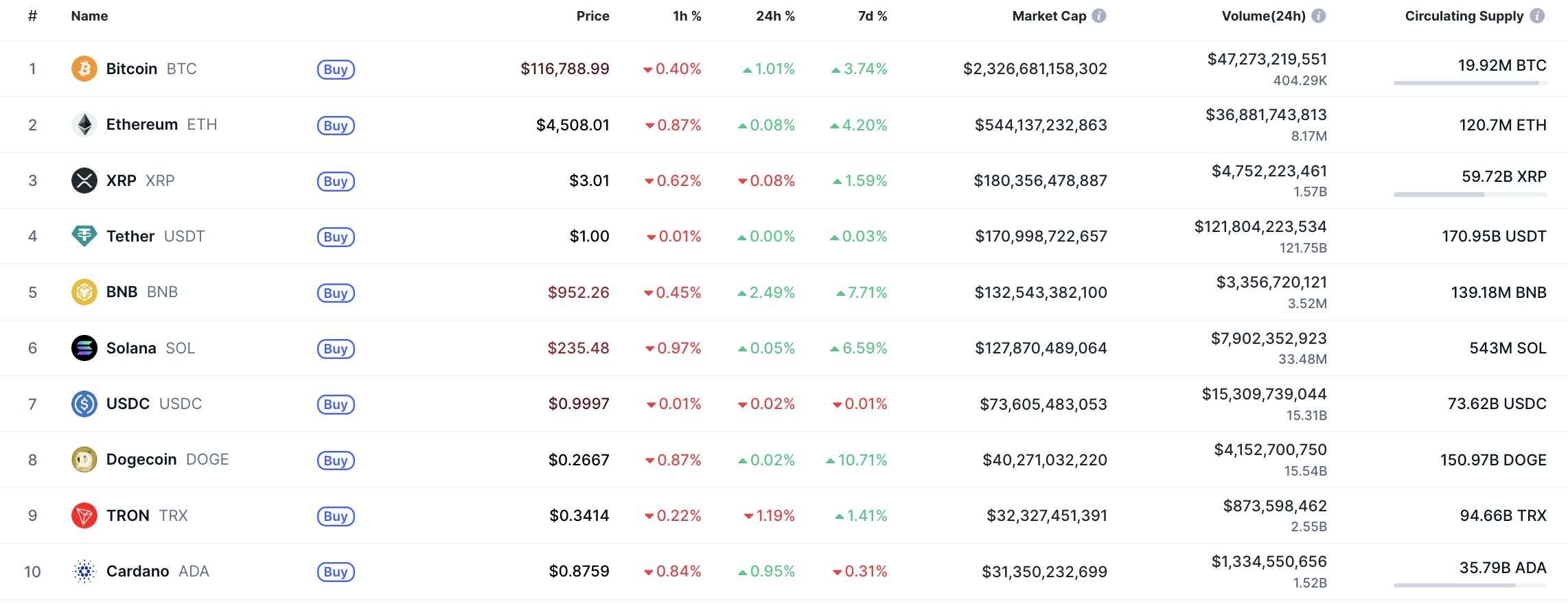The cryptocurrency world is abuzz with anticipation as institutional interest continues to surge, particularly around exchange-traded funds (ETFs). A significant development recently emerged that has piqued the curiosity of investors and enthusiasts alike: 21Shares has submitted an updated S-1 application for its proposed Spot Solana ETF. This move, initially highlighted by Solid Intel on X, marks a pivotal moment for the Solana ecosystem and the broader digital asset market. What exactly does this updated filing mean, and why is it drawing so much attention?
Understanding the Significance of a Spot Solana ETF
Before diving into the specifics of 21Shares’ filing, let’s clarify what a Spot Solana ETF entails. Unlike futures-based ETFs, which track the price of futures contracts for an asset, a spot ETF directly holds the underlying asset – in this case, Solana (SOL). This direct exposure is often preferred by investors because it more accurately reflects the real-time market price of the asset, minimizing tracking errors associated with futures contracts.
The introduction of a spot ETF for a cryptocurrency like Solana is monumental for several reasons:
- Accessibility: It allows traditional investors to gain exposure to SOL without directly buying and holding the cryptocurrency on a crypto exchange. This simplifies the investment process, removing complexities like setting up wallets, managing private keys, or navigating unfamiliar platforms.
- Regulatory Clarity: An ETF operates within a regulated framework, providing a layer of investor protection and legitimacy that some traditional investors seek. It brings Solana into the familiar and trusted structure of traditional finance.
- Liquidity: ETFs typically trade on major stock exchanges, offering high liquidity and ease of buying and selling throughout the trading day.
- Institutional Adoption: The approval of a Spot Solana ETF would signal growing acceptance and maturity of the crypto market by regulatory bodies, potentially paving the way for more institutional capital to flow into Solana and other altcoins.
Why is 21Shares’ Updated Filing a Game-Changer?
21Shares, a prominent issuer of cryptocurrency ETPs (Exchange Traded Products), has been at the forefront of bringing digital assets to traditional financial markets. Their updated S-1 filing for a Spot Solana ETF is not just a routine procedural step; it reflects persistent efforts and a strategic vision to broaden the reach of cryptocurrencies. This isn’t their first rodeo; 21Shares, in partnership with ARK Invest, has also been a key player in the Bitcoin spot ETF race, eventually seeing their ARK 21Shares Bitcoin ETF approved.
The fact that 21Shares is pushing forward with Solana, a blockchain known for its high throughput and scalability, indicates a belief in SOL’s long-term potential and its growing ecosystem. The updated S-1 application typically involves addressing previous regulatory feedback, refining disclosures, and providing more comprehensive information to meet the stringent requirements of the Securities and Exchange Commission (SEC).
This persistence sends a strong signal to the market: issuers are confident that, eventually, a Spot Solana ETF will gain approval, following in the footsteps of Bitcoin and potentially Ethereum ETFs. It shows a commitment to navigating the complex regulatory landscape to bring innovative investment products to market.
What Challenges Lie Ahead for a Spot Solana ETF?
While the prospect of a Spot Solana ETF is exciting, the path to approval is rarely straightforward. The SEC has historically been cautious with crypto ETFs, particularly those directly holding volatile assets. Several challenges need to be overcome:
- Market Manipulation Concerns: A primary concern for regulators is the potential for market manipulation in the underlying spot market for Solana. The SEC requires robust surveillance-sharing agreements with regulated markets of significant size related to the underlying asset.
- Custody and Security: Ensuring the secure custody of large amounts of SOL by a regulated entity is paramount. This involves robust security protocols and insurance.
- Valuation: Establishing a reliable and consistent method for valuing SOL, given its decentralized nature and trading across various exchanges, is crucial.
- Regulatory Precedent: While Bitcoin and Ethereum ETFs have set precedents, each cryptocurrency presents unique characteristics and regulatory considerations. Solana’s distinct technical architecture and ecosystem might introduce new questions for regulators.
The updated filing by 21Shares suggests they are actively working to address these concerns, providing more detailed plans for custody, valuation, and market surveillance.
How Might a Spot Solana ETF Impact the Solana Ecosystem?
The approval and launch of a Spot Solana ETF could have profound effects on the Solana ecosystem:
- Price Appreciation: Increased demand from institutional investors and traditional retail investors could lead to a significant price surge for SOL.
- Enhanced Legitimacy: An ETF approval would bolster Solana’s reputation as a legitimate and investable asset class, attracting more developers, projects, and users to its blockchain.
- Improved Liquidity: The influx of capital through an ETF could further deepen the liquidity of the SOL market.
- Broader Adoption: As more investors gain exposure, it could indirectly boost awareness and adoption of Solana’s dApps and services.
However, it’s also important to consider potential volatility. Initial excitement might lead to price pumps, but long-term price stability will depend on fundamental adoption and market dynamics.
Comparing Solana’s ETF Journey to Bitcoin and Ethereum
Solana’s journey towards a spot ETF mirrors, in many ways, the arduous paths taken by Bitcoin and Ethereum. Bitcoin, the pioneer, faced years of rejections before its spot ETFs were finally approved in January 2024. Ethereum’s spot ETF applications are currently under review, with many anticipating a decision later this year. The regulatory landscape is evolving, and the SEC’s stance appears to be softening, particularly after the Grayscale victory and the subsequent approval of Bitcoin spot ETFs.
Solana, as a prominent Layer 1 blockchain, stands as a strong contender to follow suit. Its market capitalization, developer activity, and growing institutional interest position it well for such a product. The successful launch of Bitcoin spot ETFs has undoubtedly created a template and potentially a more favorable environment for other crypto asset ETFs.
What’s Next for the Spot Solana ETF?
The updated S-1 filing is a crucial step, but it’s part of a longer process. The SEC will review the updated application, potentially issue further comments, and eventually make a decision. This process can take months, involving multiple rounds of revisions and discussions between the issuer and the regulator. Market participants will be closely watching for any further updates, particularly any indications from the SEC regarding their timeline or specific concerns.
For investors, this development highlights the growing maturity of the crypto market and the increasing avenues for traditional investment. While direct investment in SOL remains an option, a Spot Solana ETF would offer a regulated, familiar, and potentially less intimidating entry point for a broader range of investors.
In conclusion, 21Shares’ updated S-1 filing for a Spot Solana ETF is more than just a piece of paperwork; it’s a testament to the persistent drive to bridge the gap between traditional finance and the innovative world of digital assets. While challenges remain, the continued progress signals a future where Solana, alongside Bitcoin and Ethereum, could become a staple in diversified investment portfolios, accessible through the familiar structure of an ETF. This bold move could indeed usher in a new era of institutional engagement for Solana, fundamentally reshaping its market dynamics.
Frequently Asked Questions (FAQs)
What is a Spot Solana ETF?
A Spot Solana ETF is an exchange-traded fund that directly holds Solana (SOL) as its underlying asset, allowing investors to gain exposure to SOL’s price movements without directly owning the cryptocurrency. It trades on traditional stock exchanges.
How does a Spot Solana ETF differ from a futures ETF?
A Spot Solana ETF holds actual SOL tokens, aiming to track the real-time market price. A futures ETF, on the other hand, holds futures contracts on Solana, which are agreements to buy or sell SOL at a predetermined price in the future. Spot ETFs generally offer more direct price exposure.
Why is 21Shares’ updated filing significant?
21Shares is a major ETP issuer, and their persistent efforts with an updated S-1 filing indicate strong commitment and belief in the potential approval of a Spot Solana ETF. It signals their active engagement with regulators to meet requirements and bring this product to market.
What are the potential benefits of a Spot Solana ETF for investors?
Benefits include easier access to Solana for traditional investors, enhanced regulatory oversight and investor protection, increased liquidity, and potential for broader institutional adoption, which could lead to greater market stability and growth for SOL.
What challenges might a Spot Solana ETF face before approval?
Key challenges include addressing regulatory concerns around market manipulation in the underlying spot market, ensuring secure custody of SOL, establishing reliable valuation methods, and navigating the evolving regulatory landscape for novel crypto products.
When could a Spot Solana ETF potentially be approved?
The timeline for approval is uncertain and depends on SEC review, issuer responses, and broader regulatory sentiment. While Bitcoin ETFs were approved after years, and Ethereum ETFs are pending, each asset is reviewed individually. It could take several months to a year or more.
If you found this article insightful, please consider sharing it with your network on social media. Your support helps us continue to deliver timely and comprehensive cryptocurrency news and analysis!
To learn more about the latest explore our article on key developments shaping Solana institutional adoption.




